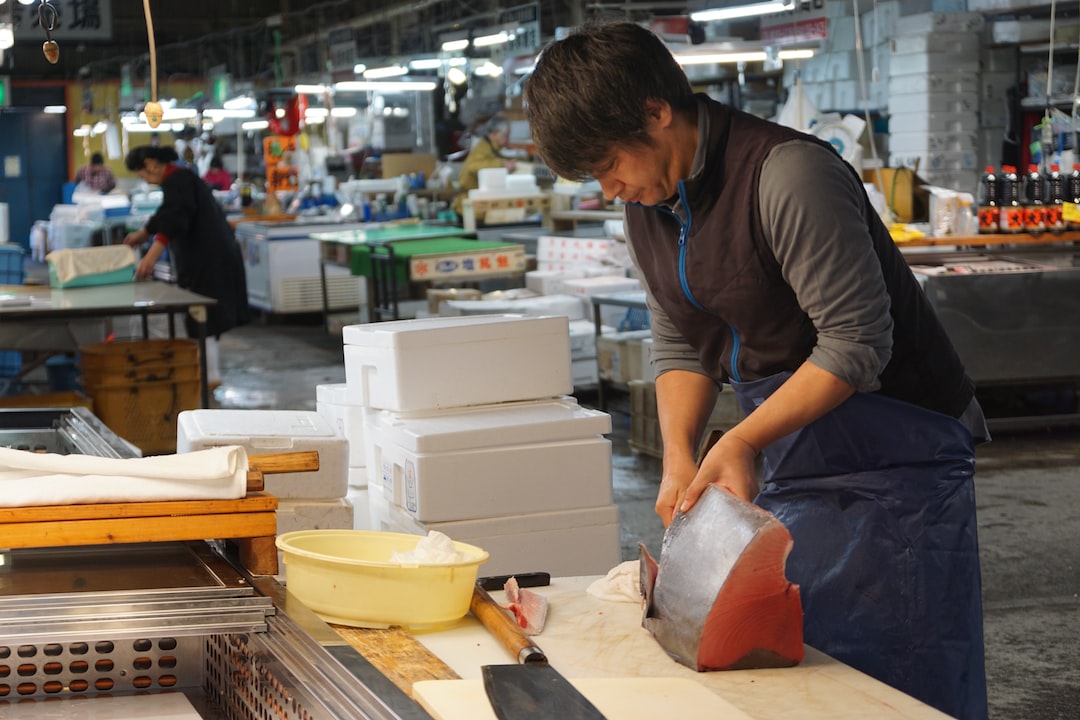Exploring Additive Manufacturing: Beyond 3D Printing
The world of manufacturing has been revolutionized in recent years with the emergence of additive manufacturing, more commonly known as 3D printing. This innovative technology has allowed for the creation of complex and customized objects with ease, making it a game-changer in industries ranging from healthcare to aerospace. However, the potential of additive manufacturing goes far beyond what most people imagine.
Additive manufacturing is often associated with the production of plastic trinkets or prototypes. While these applications have certainly shown the capabilities of this technology, they only scratch the surface of what it can do. Additive manufacturing has the potential to transform a wide range of industries and enable the production of highly complex and functional parts.
One of the key advantages of additive manufacturing is the ability to create objects with intricate internal structures. Traditional manufacturing methods, such as casting or machining, often struggle with producing complex geometries or hollow objects. With additive manufacturing, designers can create objects that were previously impossible to manufacture. This opens up new possibilities in areas such as lightweight structures, heat exchangers, and medical implants.
Medical and healthcare industries are particularly poised to benefit from the advancements in additive manufacturing. The ability to create customized and patient-specific implants or prosthetics has immense potential. Unlike traditional methods, which require expensive and time-consuming processes, additive manufacturing can quickly produce personalized solutions. This not only improves patient outcomes but also reduces costs and lead times.
The aerospace industry is another field that stands to gain from additive manufacturing. Lighter aircraft components mean increased fuel efficiency and reduced emissions. Additionally, the ability to create complex geometries without the need for assembly opens up new design possibilities, such as more efficient engine parts or lightweight structures.
Beyond manufacturing objects, additive manufacturing can also contribute to sustainable practices. Traditionally, manufacturing produces a significant amount of waste material. Additive manufacturing, on the other hand, is an inherently more sustainable process. By only using the necessary amount of material, less waste is generated. Furthermore, additive manufacturing can utilize recycled materials or biodegradable substances, further reducing the environmental impact.
While additive manufacturing is already making a significant impact in several industries, there is still much room for growth and exploration. Researchers are constantly finding new materials and techniques to expand the capabilities of additive manufacturing. From metal alloys to bioinks, the possibilities seem almost endless.
In conclusion, additive manufacturing has come a long way since its inception as 3D printing. Its potential extends far beyond the creation of simple plastic prototypes. The ability to produce highly complex and customized objects, coupled with sustainability and cost benefits, makes additive manufacturing a technology to watch. As industries continue to explore its possibilities, we can expect to see even greater advancements in the future.

